The Ricoh GR is an impressively spec’d camera that we couldn’t help but put through our testing. A fairly new brand to the Indian camera scene, Ricoh has on its hands a camera that really could be a winner.
The back of the Ricoh GR is nice and spacious
The back is laden with controls that essentially puts all the power of the camera at the tip of your thumb. There is enough travel between all buttons to not cramp up your thumb, which is really nice and the buttons themselves are incredibly well built. The circular 4-way button at the back is a single piece of well-crafted plastic which pushes in just enough. The switch to go between the two AF modes is also very well built and does feel like something that could handle a little abuse.
The top is incredibly minimal, with an on/off switch, a mode dial and a vertically rotating wheel, which is used to change various settings. The other end of the top hosts a pop-up flash while there is a standard hotshoe in the middle. Now there is something quite interesting around the mode dial that we’d usually never see in a point and shoot. The Ricoh GR has a little button lock next to the mode dial, so that you don’t end up turning it accidentally and possibly missing your shot. This feature is normally only seen in the higher-end DSLRs, so its presence on the Ricoh GR should tell you just how serious a camera this is.
The little lock for the mode dial is extremely helpful
The other genius ergonomic move on Ricoh’s part is to put the flash pop-up switch and a secondary button (used for depth of field preview). Both these buttons are placed rather well, meaning that in our use, it was incredibly easy to place our fingers on the button and engage their respective features.
The one downside we felt was that the “ring” around the lens isn’t actually a ring at all. Maybe it’s us, who’ve gotten so used to it.
Performance
The Ricoh GR involuntarily ended up being one of the cameras I used at the recently held Sunburn Festival in Delhi since there was no DSLR on us at the time. I shot the entire festival with the Ricoh GR and the Fujifilm X100s, two cameras with very similar specifications. Shooting in mostly Manual mode and going from ISO 200 all the way up to 3200 (even 6400 at a few instances), we found that the images from the Ricoh GR to be incredibly good, given that they are, at the end of the day, from a point and shoot camera.
One of the ways we were able to make the best of the Ricoh GR was in fact its menu system. While the GR gives you a lot of features right at your fingertips thanks to customizable buttons, the menu is the heart of all operations. The menu on the Ricoh GR is by far one of the best we have ever seen, and yes, this is even compared to DSLRs. The animation and scrolling is ridiculously smooth and everything is incredibly well organized. Going between options is incredibly intuitive and the entire experience is very fluid.
Now back to shooting Sunburn. All the images you will see in the gallery were shot from the crowd area, as I did not have stage access (obviously). Most of them are shot at f/2.8, the starting aperture of the lens and ISO 3200 with a shutter speed of 1/30 of a second. Sometimes, I used the pop-up flash to balance out the ambient light while lighting up the crowd and sometimes, I just let the ambient light do its thing. Looking at the images, the one thing that’s absolutely clear is the fact that even at ISO 3200, the Ricoh GR can produce stellar images, near-completely noise-free in their nature. The colours are incredibly good even for low light and contrast holds up really well, despite the unconventional lighting.
We also took the Ricoh GR for a spin in normal day light, shooting normal stuff that people normally would. My puppy absolutely loves the GR, often stopping his shenanigans to let me take a shake-free image. The 28mm lens is surprisingly free from distortion and incredibly sharp. The f/2.8 aperture lends to some of the most gorgeous bokeh we’ve seen on a point and shoot (of course not as good as the full-frame RX1).
There was one significant downside to using the Ricoh GR and that was in the area of manual focusing. When MAF is enabled you first have to press the macro button to enable changing focus and then spin the vertical dial in front of the shutter button (the one used to change aperture values) to actually manually focus. This is not only incredibly awkward to do, but also very time consuming. I feel that putting a focusing ring around the lens, like every other manufacturer, would have allowed the Ricoh GR to be one step closer to perfection.
Conclusion
The Ricoh GR does pack impressive specs, but better than that is the fact that it actually performs just as well. The 3-inch 1.23 million dot screen is absolutely gorgeous even when looking at it under the mid-day sun. The build of the camera is incredibly sturdy, sturdy enough to actually withstand a tumble or two. The lens is sharp, the sensor manages noise really well and the flash is incredibly versatile and not too overpowering. The 35mm Crop mode which yields 10 megapixel images is also pretty good, allowing old school photographers to work with a more familiar focal length. The manual focus is a serious downer though, and given that you’d be shelling out Rs. 52,990 for the Ricoh GR, it feels just a little too expensive. However, fact still remains that the Ricoh GR is the cheapest camera with an APS-C sensor and a fast aperture lens.


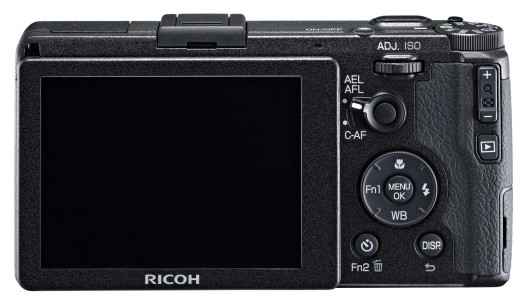
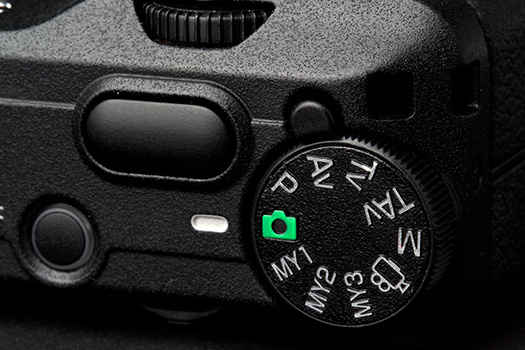

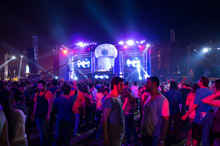
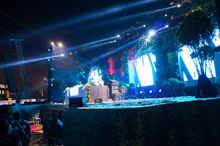
.jpg)
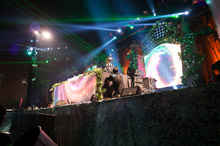
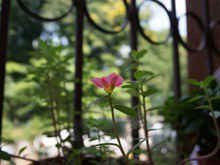
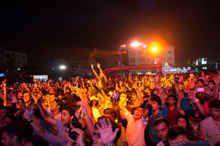
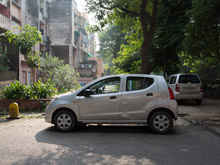
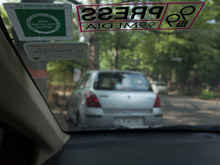
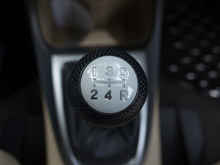
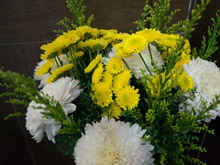
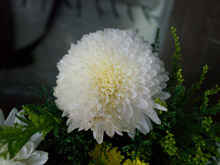

.jpg)